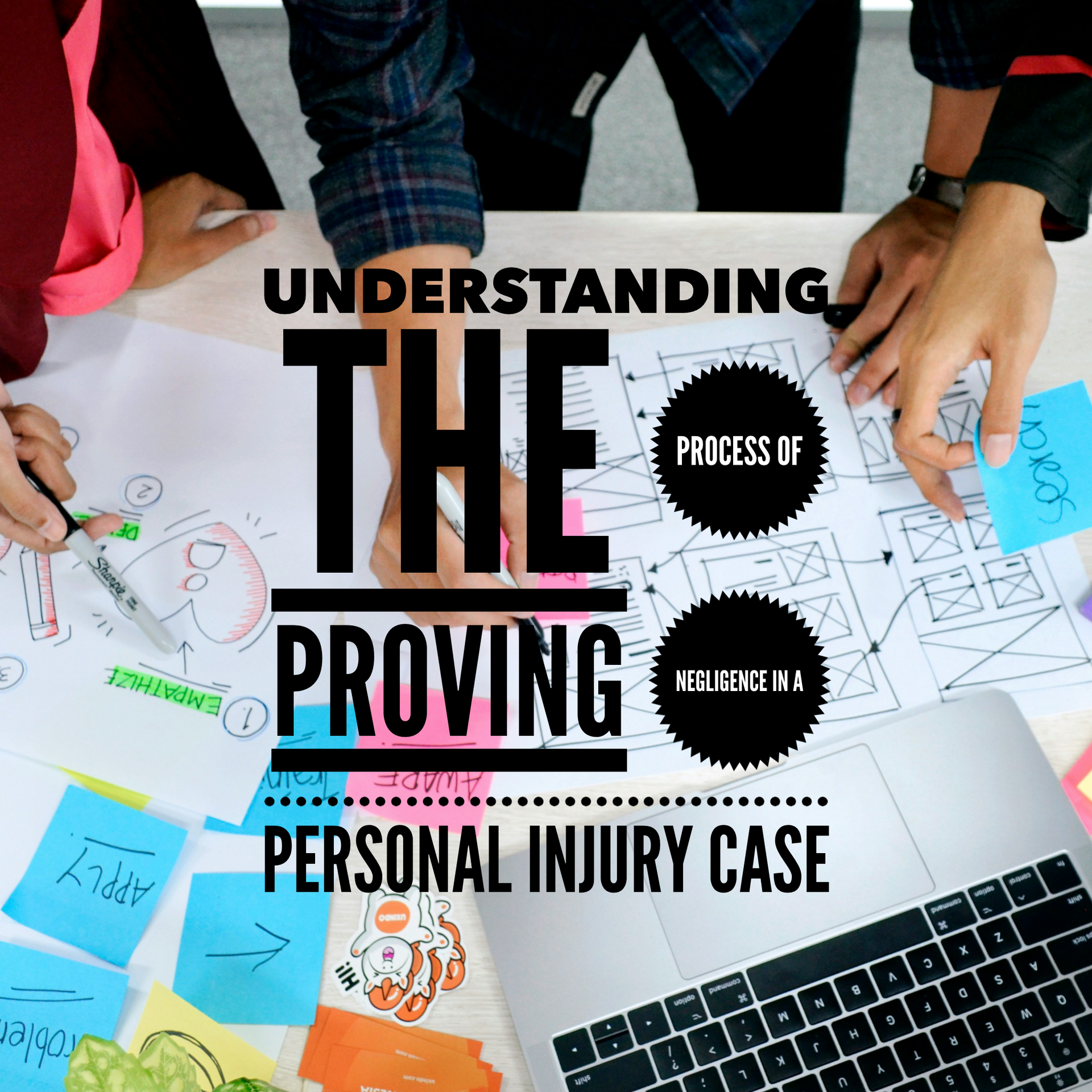Client Login
×Understanding the Process of Proving Negligence in a Personal Injury Case

In the realm of personal injury law, proving negligence is a crucial element in determining liability and obtaining compensation for injuries sustained. Whether it's a car accident, slip and fall incident, or medical malpractice claim, establishing negligence requires a thorough understanding of legal principles and evidence. Let's delve into the process of proving negligence in a personal injury case:
- Understanding Negligence:
Negligence, in legal terms, refers to a failure to exercise reasonable care that results in harm to another person. To prove negligence in a personal injury case, the plaintiff must demonstrate four key elements:
Duty of Care: The defendant owed a duty of care to the plaintiff. For example, drivers have a duty to operate their vehicles safely, and property owners have a duty to maintain a safe environment for visitors.
Breach of Duty: The defendant breached or violated the duty of care owed to the plaintiff. This could involve actions such as reckless driving, failure to maintain property, or medical errors.
Causation: The defendant's breach of duty directly caused the plaintiff's injuries. It must be shown that the injuries would not have occurred "but for" the defendant's actions or negligence.
Damages: The plaintiff suffered actual harm or damages as a result of the defendant's breach of duty. This could include physical injuries, emotional distress, medical expenses, and lost wages. - Gathering Evidence:
Proving negligence requires gathering evidence to support each of the four elements mentioned above. This may include:
Witness Statements: Eyewitness accounts can provide valuable testimony regarding the circumstances of the incident and who was at fault.
Photographic Evidence: Pictures of the accident scene, property damage, injuries, and other relevant factors can help establish what happened.
Medical Records: Medical documentation, including diagnoses, treatment plans, and expenses, can demonstrate the extent of the plaintiff's injuries and link them to the defendant's actions.
Expert Testimony: In some cases, expert witnesses may be called upon to provide specialized knowledge or opinions regarding the standard of care and causation. - Legal Representation:
Navigating the complexities of proving negligence often requires the expertise of a personal injury attorney. An experienced attorney can assess the merits of your case, gather evidence, negotiate with insurance companies, and represent your interests in court if necessary. - Preparing for Trial:
If a settlement cannot be reached, the case may proceed to trial. During trial preparation, both parties present evidence, call witnesses, and make arguments to the judge or jury. The plaintiff bears the burden of proving negligence by a preponderance of the evidence, meaning it is more likely than not that the defendant was negligent.
Conclusion
Proving negligence in a personal injury case is a complex process that requires careful legal analysis and presentation of evidence. By understanding the elements of negligence, gathering compelling evidence, and seeking the assistance of a skilled attorney, injured parties can pursue fair compensation for their injuries and losses.
If you have been injured due to someone else's negligence, don't hesitate to seek legal guidance to explore your options and protect your rights.
This website has been built to be accessible for all users. If you experience any difficulty in accessing this website, please contact us for assistance.
Disclaimer: The information you obtain at this site is not, nor is it intended to be, legal advice. You should consult an attorney for advice regarding your individual situation. We invite you to contact us and welcome your calls, letters and electronic mail. Contacting us does not create an attorney-client relationship. Please do not send any confidential information to us until such time as an attorney-client relationship has been established.

